
Pacific Black Duck
Anas superciliosa
Also known as: Grey Duck, Parera


Anas superciliosa
Also known as: Grey Duck, Parera

The Pacific black duck, known as the grey duck or Pārera in New Zealand, is a native waterfowl species. This medium-sized duck has a distinctive dark brown body and paler head, making it a charming sight on New Zealand's waterways. Its subtle beauty and interesting behaviours make it an exciting find for new birdwatchers.
1. Subtle gray head contrasting with brown body
2. Dark brown body with buff-edged feathers creating a scaly look
3. Iridescent green speculum with white border visible during flight
Pacific black ducks are seasonal monogamists, breeding mainly from August to October. Females build nests in tree forks or on the ground, laying 8-10 eggs. The species faces significant threats from hybridization with introduced mallards, potentially compromising the purity of the native population. Their timid nature makes them vulnerable to disturbance.
Look for pacific black ducks in undisturbed wetlands, lakes, and headwater rivers throughout New Zealand. They prefer areas with forested or scrub fringes. Dawn and dusk are ideal times to spot these shy birds as they feed on the water's surface. Watch for their distinct "dabbling" behaviour \- tipping forward to feed with their tails in the air. A helpful tip: listen for their raucous quacking calls, which can help locate these often elusive ducks.
The pacific black duck, or Pārera, is native to New Zealand and held cultural significance for Māori as a food source and in traditional storytelling. Once widespread across the country, including offshore islands, their numbers have declined due to habitat loss and interbreeding with introduced mallards.
55 cm
1050 g
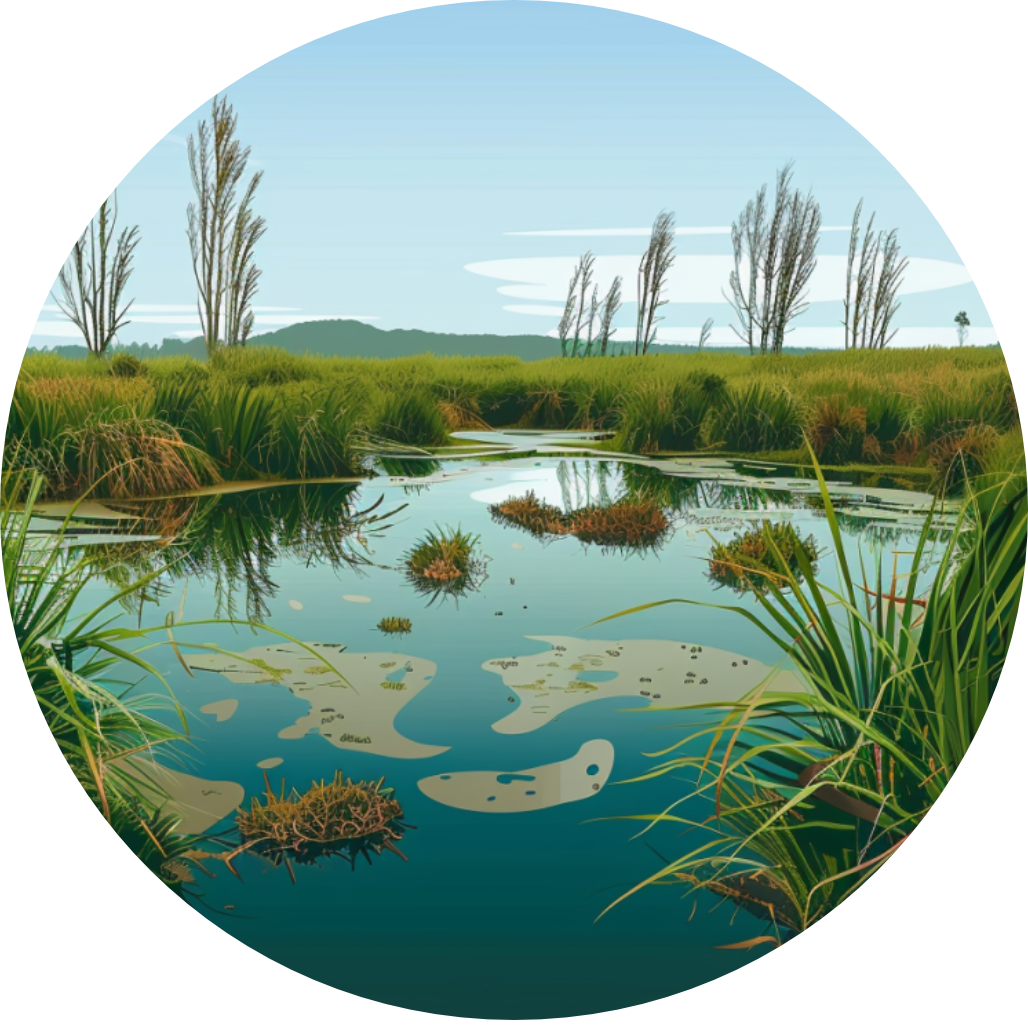
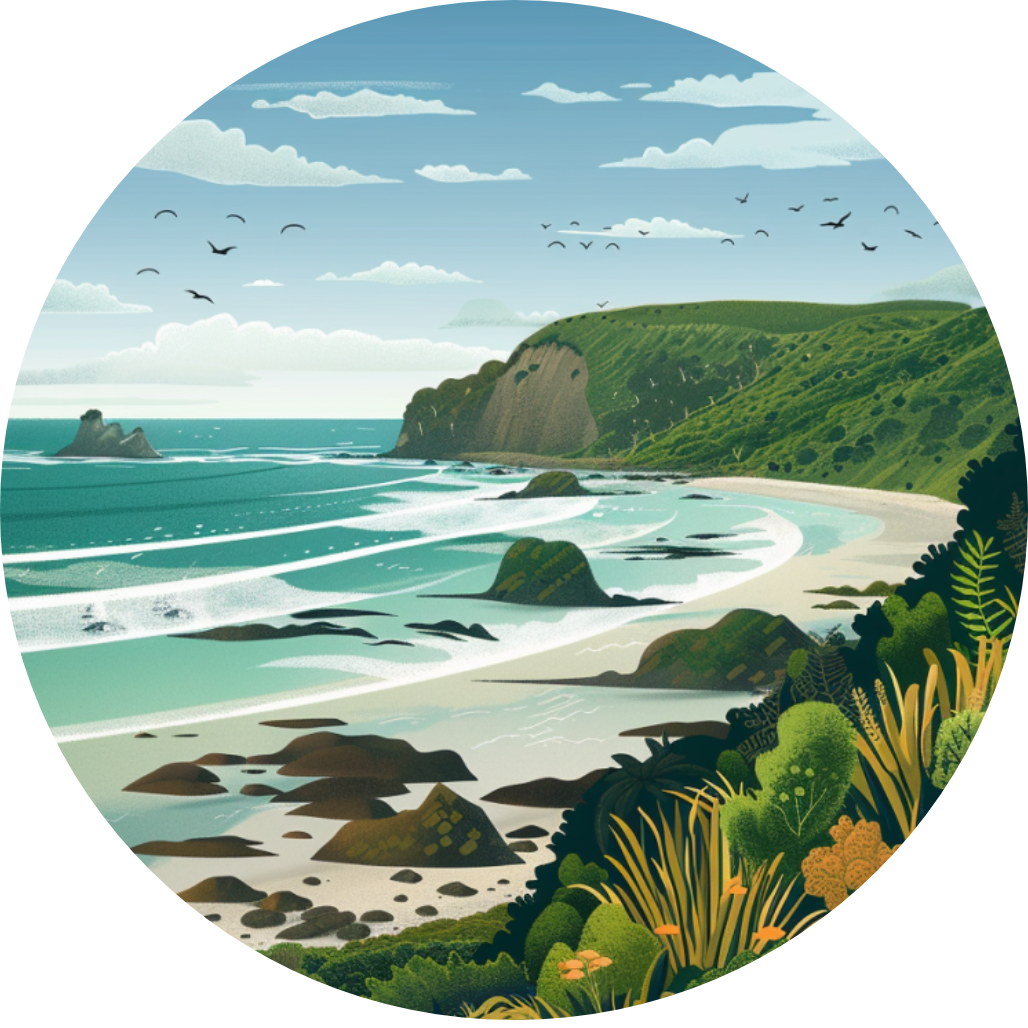
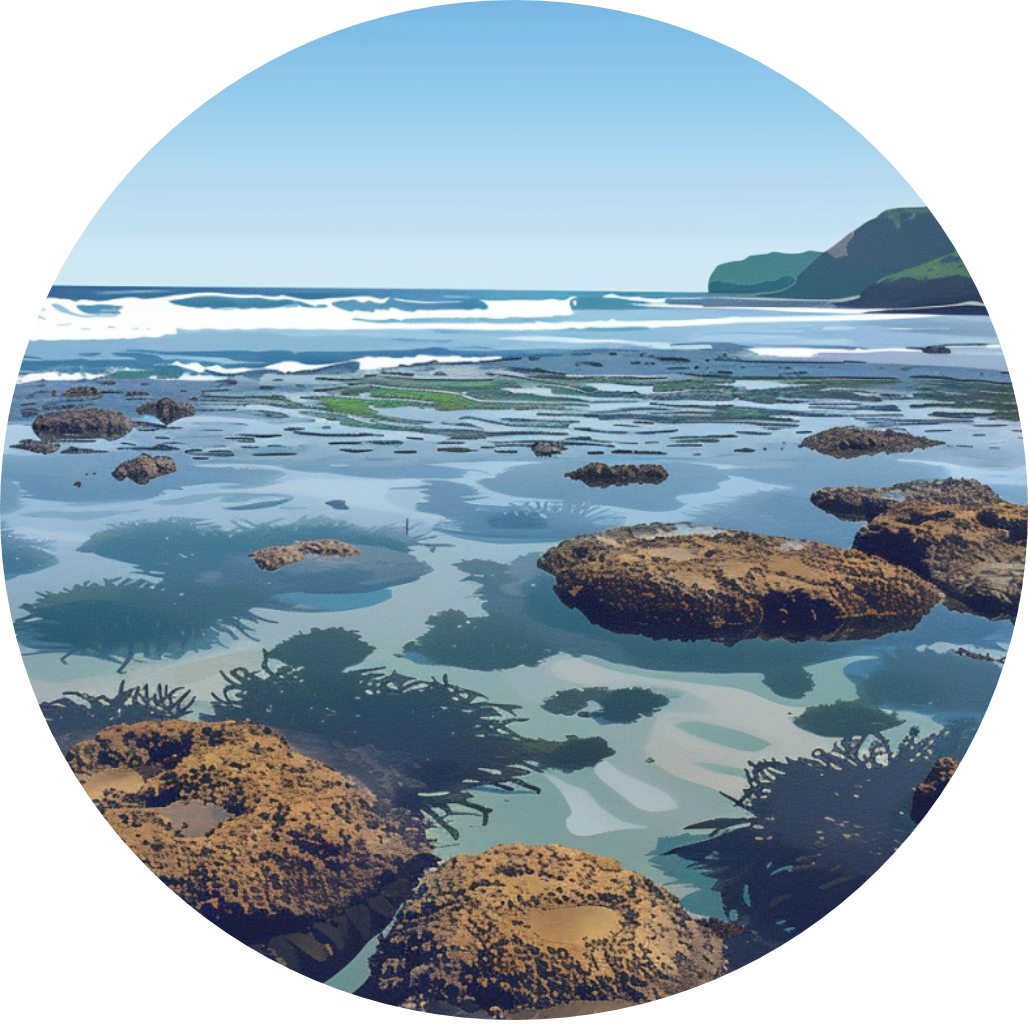
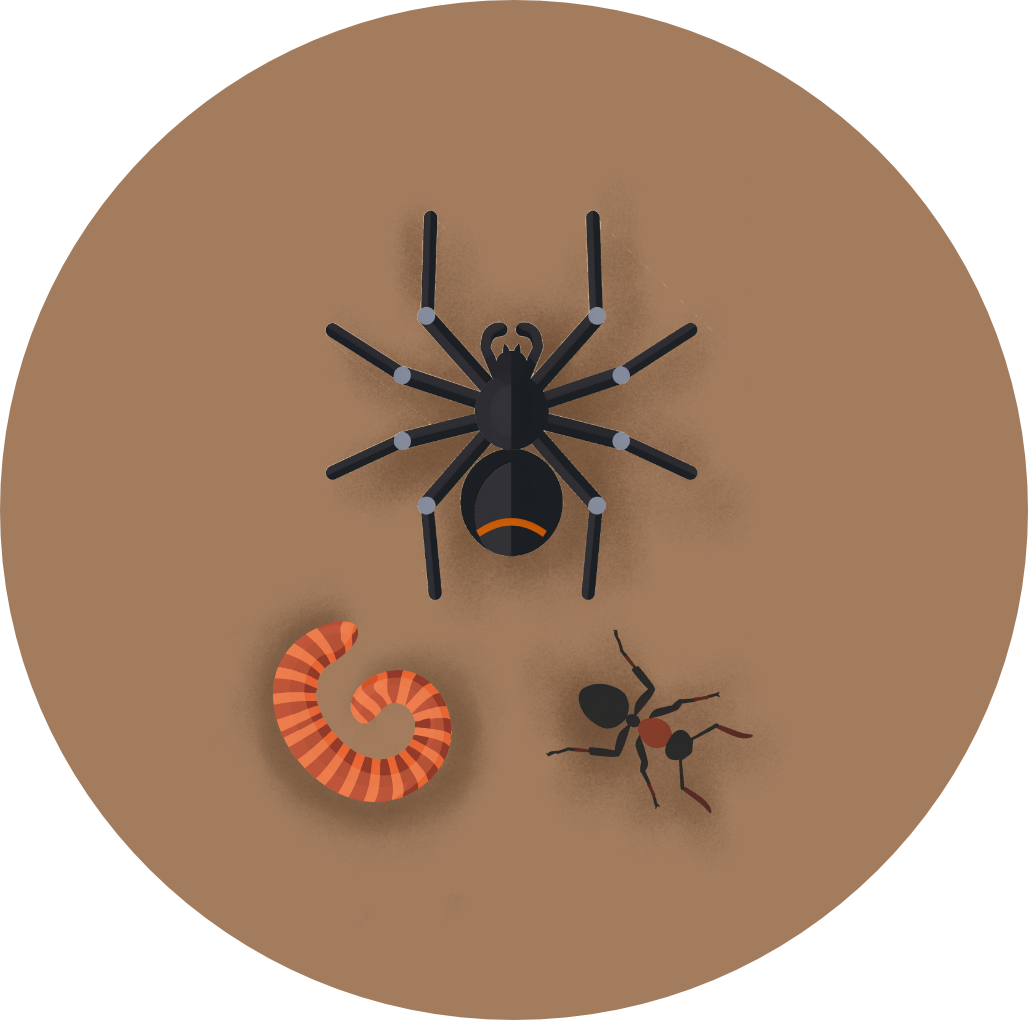
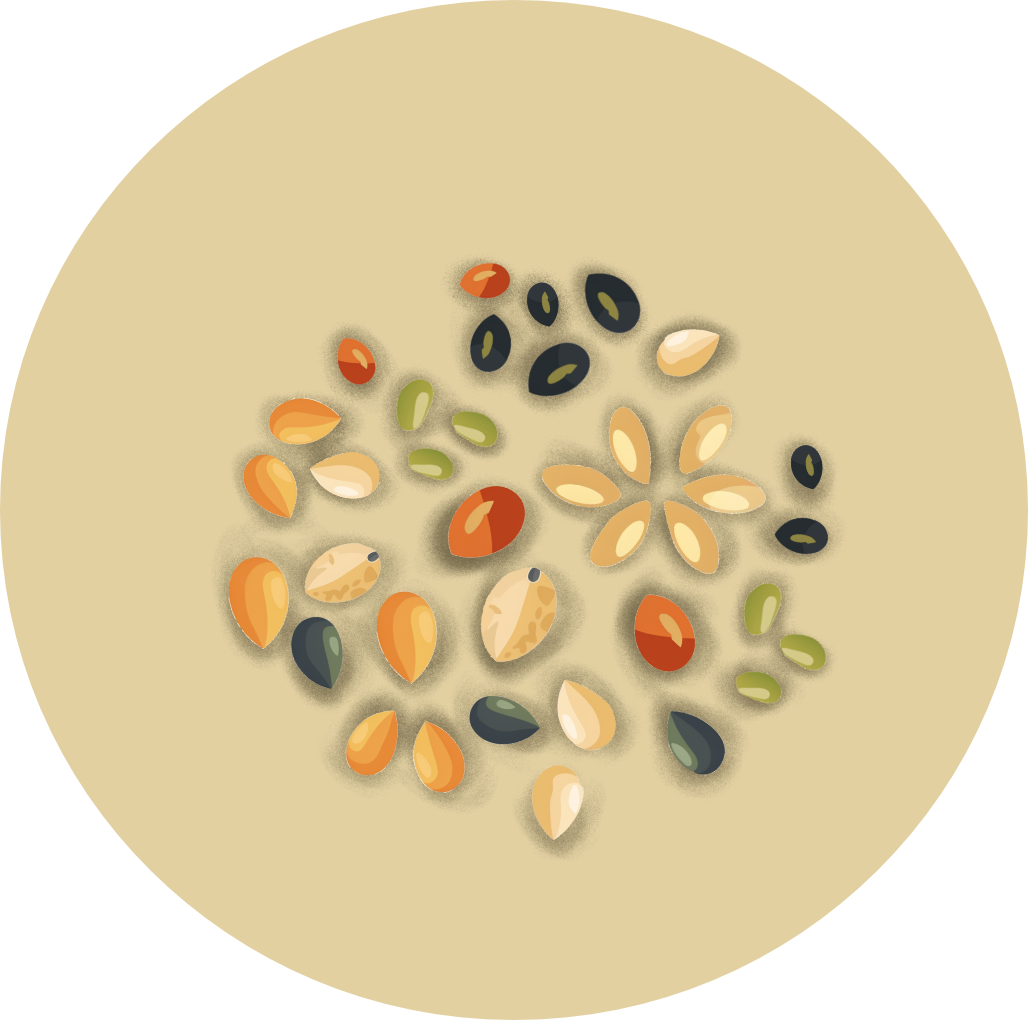
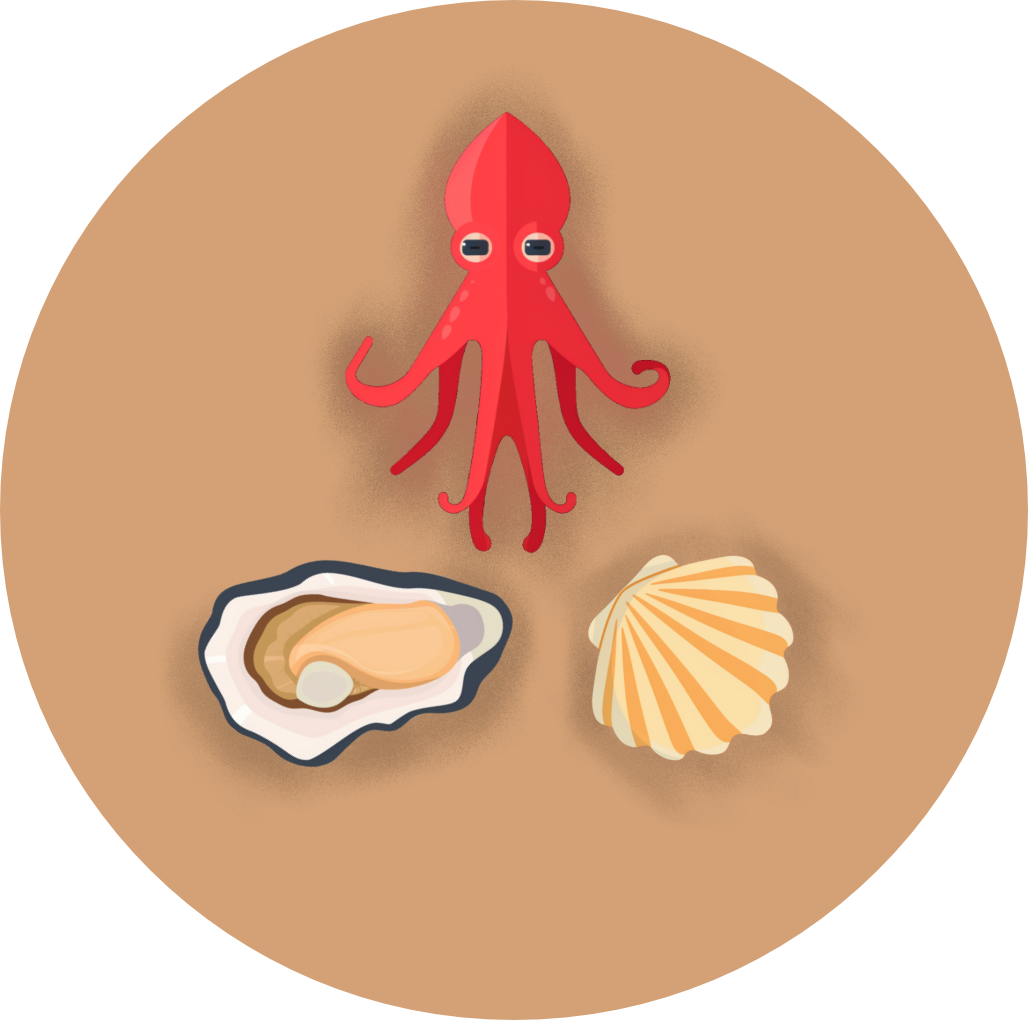
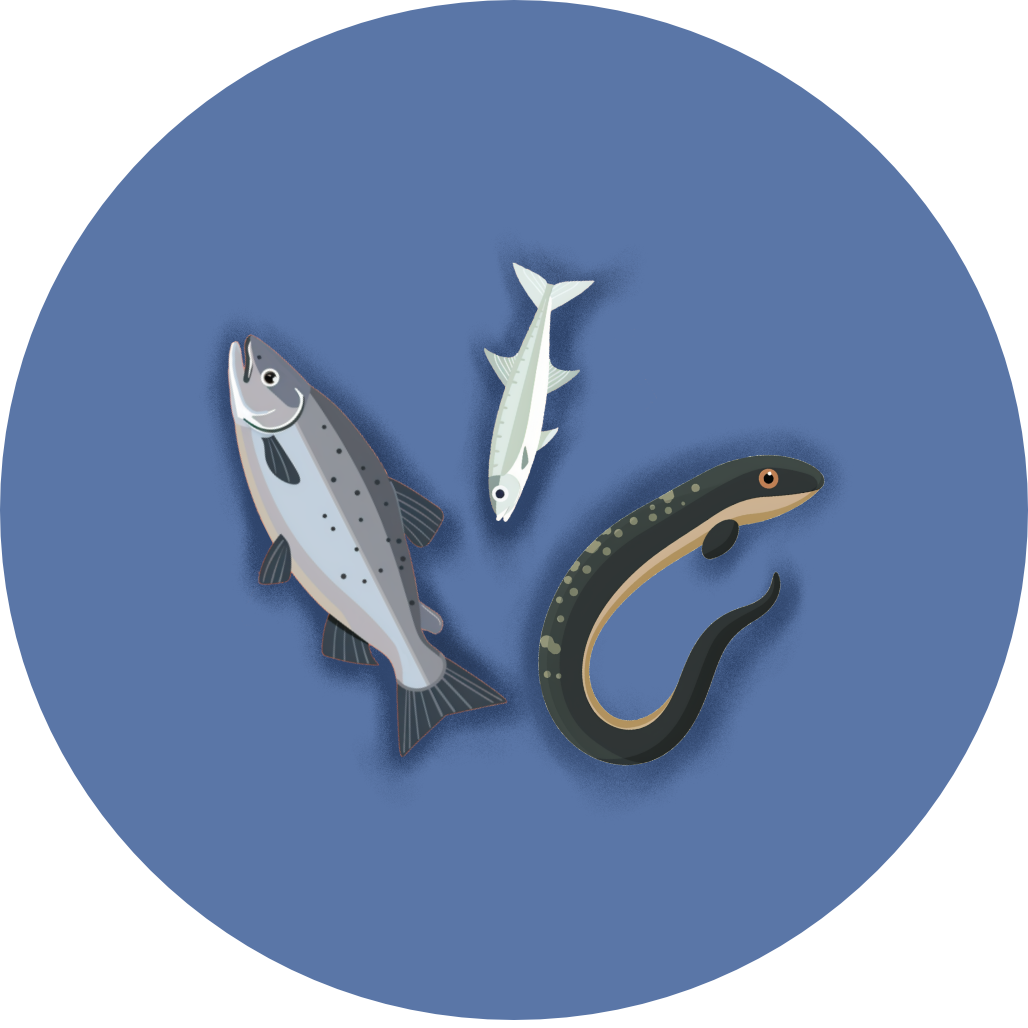
Coming Soon!
Top birding locations will be available in a future update.